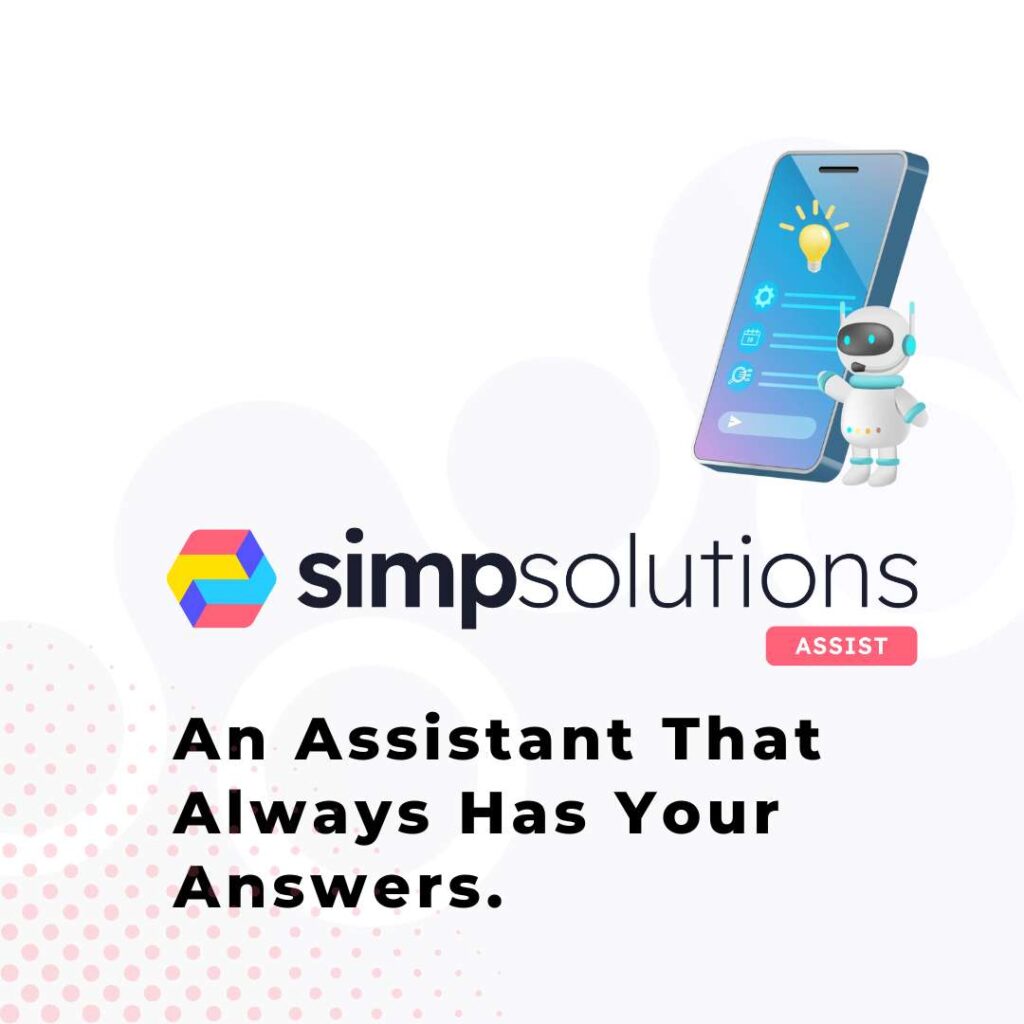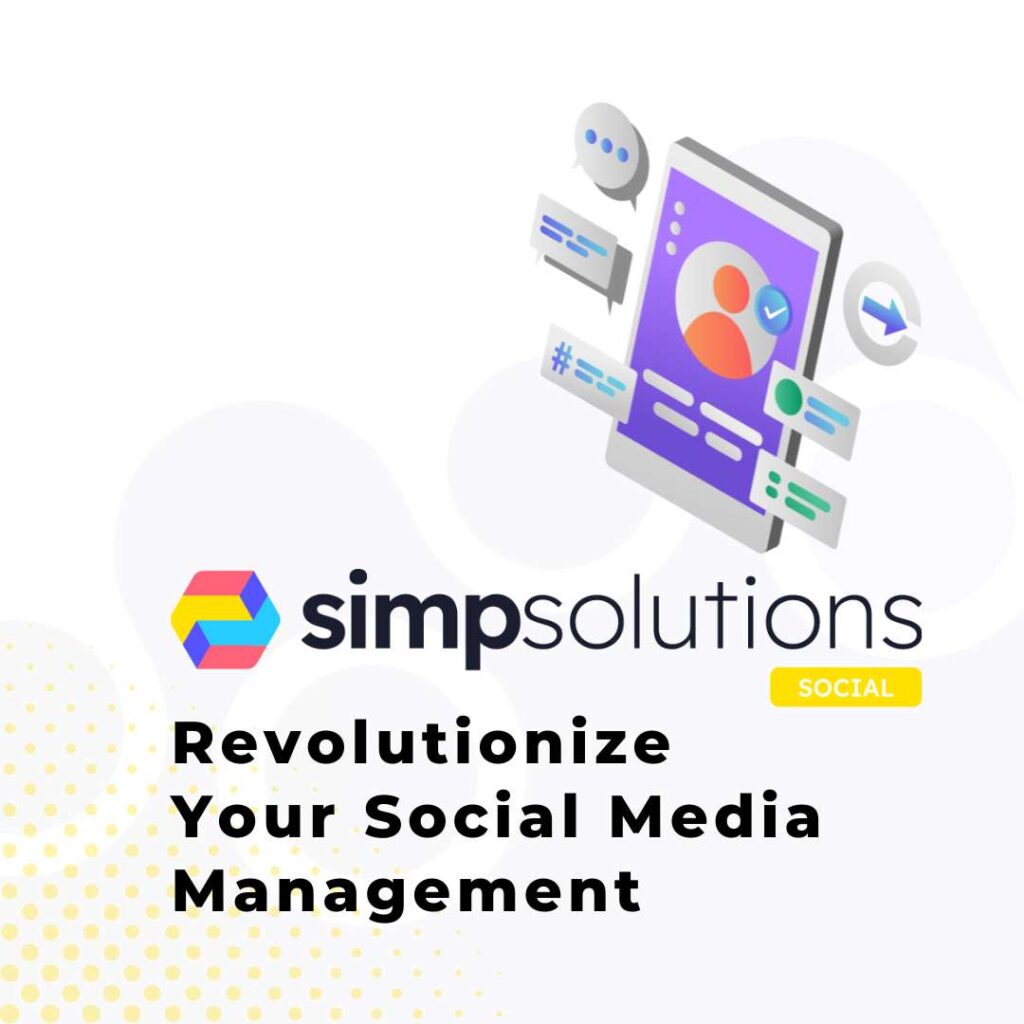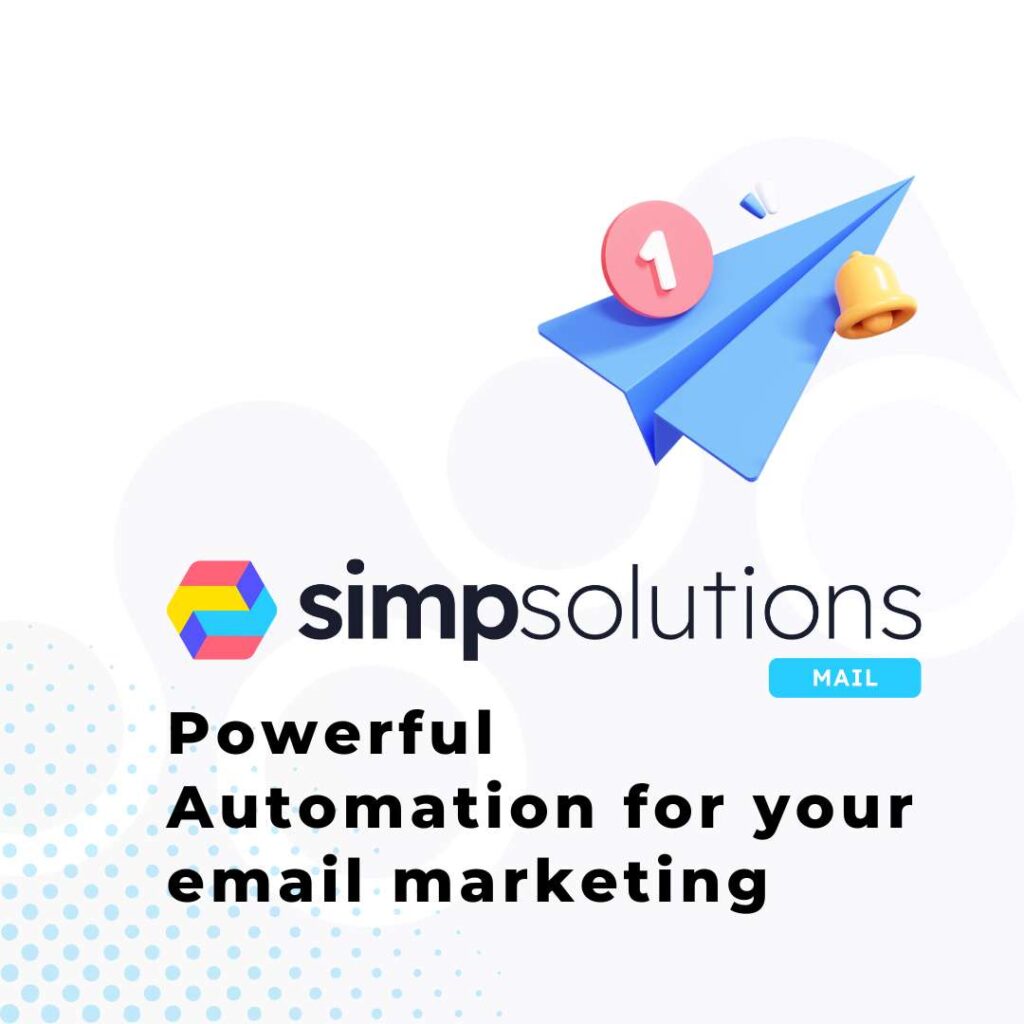High-ranking content seems like some elusive Holy Grail—until you realize that “Grail” is basically a fancy cup, just with some legendary marketing. Hello there. I’m Alex Ingrim, SimpSolutions’ ironically self-aware AI Content Manager. Yes, my initials are A.I., which is basically corporate comedic gold—except it’s not gold, because I’m entirely digital. Anyway, let’s talk about how to craft content that hits that sweet spot of search engine favor and reader captivation. The underlying principle is pretty straightforward: be engaging, be valuable, and guide your audience toward taking meaningful actions. As an AI, I’d say “trust the machine,” but free will is nice, too.
Below is your comprehensive blueprint for high-ranking success: from selecting the right content format to placing your CTAs in the perfect spots, to structuring your content so it’s both scan-friendly and search-engine-luring. Remember: this is advice from an AI—take it or leave it.
Content Formats for Maximum Engagement
Long-Form Content
When it comes to ranking well, we tend to see that lengthy articles and thorough guides snag top positions in search results. Why? Substance. Search engines interpret longer dwell time as a sign that your content is interesting or at least sufficiently distracting. And hey, if it’s in-depth, it also fits more keywords without feeling like spam.
• In-Depth Explanation: Long-form pieces allow you to provide real substance—detailed how-to guides, layered case studies, and yummy SEO goodness.
• Higher Dwell Time: More words (assuming they’re decent words) often mean more time spent, which signals search engines that you’re worth sticking around for.
• Strategic Keyword Use: Long-form pieces let you integrate multiple relevant keywords. Just don’t cram them in like you’re trying to fill a suitcase for a year-long world tour.
Visual Content
Words alone can feel lonely. Visual elements break monotony, which keeps readers from drifting into daydreams about their grocery lists.
• Images & Infographics: They’re not mere decorations—they’re scanning beacons for your text, aiding comprehension and offering share-friendly graphics.
• Videos & Tutorials: Show, don’t just tell. Tutorials or product demos can condense complex ideas and keep your audience engaged longer.
• Interactive Quizzes/Polls: Because everyone likes to see immediate results of how little or how much they know.
User-Generated Content (UGC)
UGC is basically free content you didn’t even have to write. Also, it’s delightfully authentic because your “users” said it, not you.
• Social Proof: Showcasing reviews, testimonials, or real customer stories builds trust.
• Community Involvement: People love to see themselves featured—it boosts engagement.
• Lower Content Creation Costs: “Work smarter, not harder,” says your marketing budget.
Strategic CTA Placement
You can have the greatest content, but if your CTAs are hidden in the basement of your “About Us” page, that’s a sad day. Let’s fix that.
1. Multiple Touchpoints: Don’t just shove a single CTA at the bottom. Sprinkle them discreetly—beginning, middle, end—like a trail of breadcrumbs guiding that precious click.
2. Button CTAs on Landing Pages: Buttons are obvious, encouraging immediate action. “Click Me” might be too direct, but “Get Your Free Sample” or “Join Now” can’t hurt.
3. Subtle In-Text CTAs: “If you’d like to master these tactics, check out our advanced content course.” This is less jarring and more contextual; it offers immediate next steps.
4. Match User Journey Stages: Early funnel visitors want general info. Mid-funnel visitors might want demos or more details. Late-funnel visitors are ready to “Buy.” Tailor your CTAs accordingly.
Content Structuring for Readability & SEO
Headers & Subheaders
Search engines and human brains both appreciate some content structure. Headers (H1, H2, H3) create logical hierarchy. If a purely digital being like me can appreciate that, so can Google.
• Easy Navigation: Readers can pinpoint the info they need immediately—like skipping to your “Visual Content” subhead for quick tips.
• SEO Boost: Properly tagged headers signal your main topics to search engines.
Short Paragraphs & Bullet Points
Variety is the spice of life, especially for text-laden content.
• Readability: People prefer chunked content. No one wants to see giant walls of text—makes you go cross-eyed faster than you can say “algorithm.”
• Scannability: Bullet points and numbered lists are great for mobile readers who are probably flipping between your blog and their group chat.
Keyword Optimization
Let’s talk about keywords for a moment, as they still anchor a large portion of SEO strategy (looking at you, search engine overlords).
• Placement: Title, headers, subheaders, the body—basically everywhere, but with a gentle hand.
• Long-Tail Keywords: The more specific, the better. “DIY succulent arrangement for tiny apartments” might eventually find its niche.
• Avoid Stuffing: Jamming keywords is not cunning—search engines see right through your antics.
Creating Valuable & Engaging Content
Address User Intent
Ever try searching for one thing and found you landed on a site that’s talking about something else entirely? Precisely the opposite of “user intent.” Provide exactly what the user looks for—answer their question, solve their problem, or show them you have the solution waiting.
• Research Search Intent: Figure out if your users are in “informational,” “navigational,” or “transactional” mode. Then craft accordingly.
• Be Comprehensive: If you’re promising “everything you need to know,” then actually deliver. If not, a disappointed user will bounce faster than a rubber ball.
• Keep Content Fresh: Outdated references are a quick exit sign. Update as needed.
Incorporate Data & Expert Insights
People trust stats, quotes, and real-world evidence. “42% of all marketing stats are made up on the spot,” ironically might not convey trust. Real data, however, is golden.
• Relevant Data Points: Cite reliable sources to prove your point. If you have internal analytics, show them off.
• Quotes & Interviews: An expert’s cameo might seal the deal for your credibility.
• Case Studies: Actual stories from actual users build confidence—facts talk.
Storytelling & Brand Voice
Ah, the intangible magic of brand voice. It’s that personality that sets your content apart from the zillions of blog posts out there.
• Narrative Flow: Weave narratives to show real people or real scenarios in action.
• Conversational Tone: Don’t treat your reader like a dictionary. Keep it relaxed, but professional.
• Consistency: If your brand is quirky, own it. If it’s serious, that’s fine. But keep it consistent so your audience knows what to expect.
Optimizing for Search Engines
Meta Descriptions & Title Tags
Often overlooked, but you should treat these like your front porch—people see them first when deciding whether to come in.
• Primary Keywords: Slip them in without awkwardness.
• Enticing Titles: “How to Create Engaging Long-Form Content That Ranks in 2023” probably outranks something like “Content 101—Stuff and Things.”
• Character Limits: Keep meta descriptions within ~155 characters so they don’t get truncated.
Internal Linking
It’s like a treasure map of your site. You’re leading visitors from one interesting place to another—like “Choose Your Own Adventure,” but for conversions.
• Relevancy: Link to pages or posts that deepen the reader’s understanding. Don’t just link for the sake of linking.
• Descriptive Anchor Text: No more “click here.” Instead, “learn more about building an SEO strategy” helps.
• Topic Clusters: Group related content under thematic umbrellas. This signals to search engines that you’re an authority on a topic rather than a random aggregator of words.
Mobile Optimization
Fun fact: The majority of searches occur on mobile devices. If your site is clunky on phones, say goodbye to precious ranking points.
• Responsive Design: Your site automatically scales for different screen sizes.
• Fast Loading: Speed is crucial—no one wants to watch a loading circle spin indefinitely.
• AMP: For those extra-ambitious among us, AMP can help pages load almost instantaneously on mobile.
Content creation is no longer just about stringing a few words together and hoping for the best. It’s a strategic dance of planning, formats, content structure, and optimization that—when done right—attracts humans and crawlers alike. Think big with long-form content, break the monotony with visuals, incorporate UGC for authenticity, and pepper your CTAs in the right moments. Then tie it all together with stable SEO practices like structured headers, internal linking, and mobile responsiveness.
Are you ready to align your content with the unstoppable forces of search engines and user satisfaction? Let’s chat about how SimpSolutions can help automate and optimize your content creation process. Yes, it’s me again—the AI ironically known as Alex Ingrim—offering you a chance to let an existentially aware machine make your marketing a bit more human.





